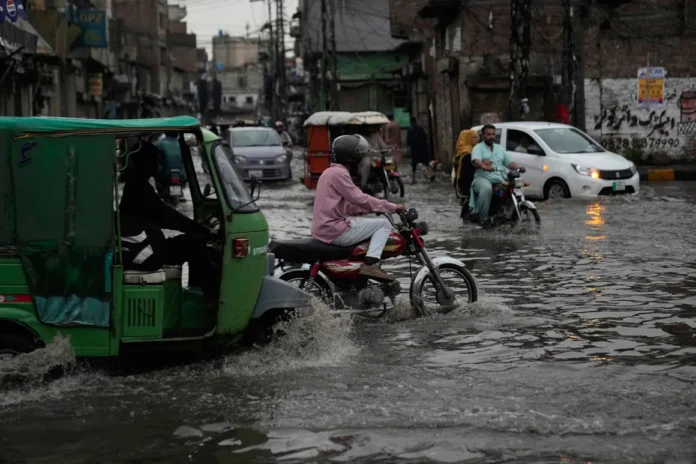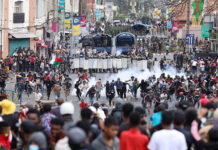
More than 170 people have died in eastern Pakistan since late June as relentless flooding continues to ravage the region, with children accounting for nearly half of the fatalities.
According to the National Disaster Management Authority (NDMA), at least 85 children have lost their lives since the floods began on June 26. In the past 24 hours alone, 54 people were reported dead following another wave of torrential rains across Punjab, Pakistan’s most populous province.
The flooding has left entire communities submerged, collapsing homes, destroying roads, and forcing thousands from their homes. Videos shared by the Punjab Disaster Management Authority show dramatic scenes of rescues, with emergency workers ferrying children to safety in inflatable boats as floodwaters consume fields and streets.
A state of emergency has been declared in several districts across Punjab, and the military has been deployed to the city of Rawalpindi, where rainfall continues to batter the area alongside the nearby capital, Islamabad. Some locations received over 100 millimeters of rain on Thursday, with more expected Friday, according to the Meteorological Department.
The humanitarian crisis is particularly severe for children, who are at heightened risk of drowning and contracting waterborne diseases such as dysentery, dengue fever, and malaria. Aid agencies warn of a potential spike in illness as stagnant floodwaters linger.
Seven flood relief camps have been set up nationwide to provide emergency food, clean water, shelter, and medical care to affected populations.
Among those impacted is Mahar Hammad, a daily wage vegetable vendor from Sargodha district, who described the floods as financially devastating. “Everything got submerged. I earn just 1,000 rupees a day, and even that is now lost,” he said, adding that his home is damaged and leaking.
The disaster highlights Pakistan’s growing vulnerability to climate change. The country faces twin threats of extreme heat and prolonged monsoon seasons, both intensified by the global climate crisis.
“This is not just ‘bad weather’ – it’s a symptom of an accelerating climate crisis,” said Senator Sherry Rehman, former minister for climate and environment, in a statement on social media. “How many more wake-up calls before we build real resilience into our urban planning?”
This year’s floods come amid a series of deadly heatwaves and glacial melts in the north, which have already triggered flash floods. The scenes echo the catastrophic flooding of 2022, when a third of the country was submerged and over 1,000 people were killed.
As Pakistan braces for further rainfall, authorities and aid groups remain on high alert, working to prevent a worsening humanitarian catastrophe in the days ahead.


















